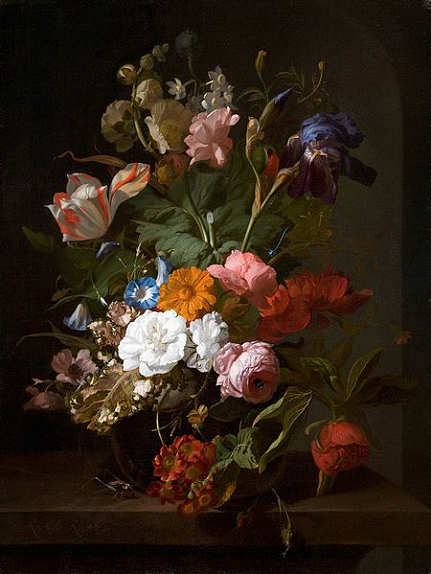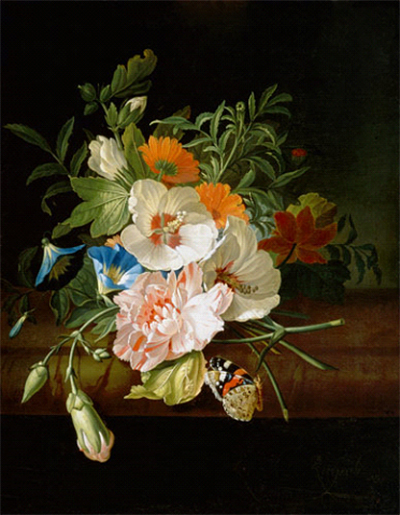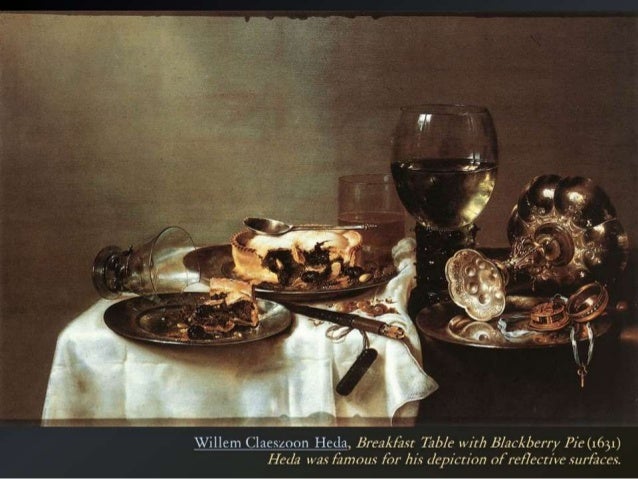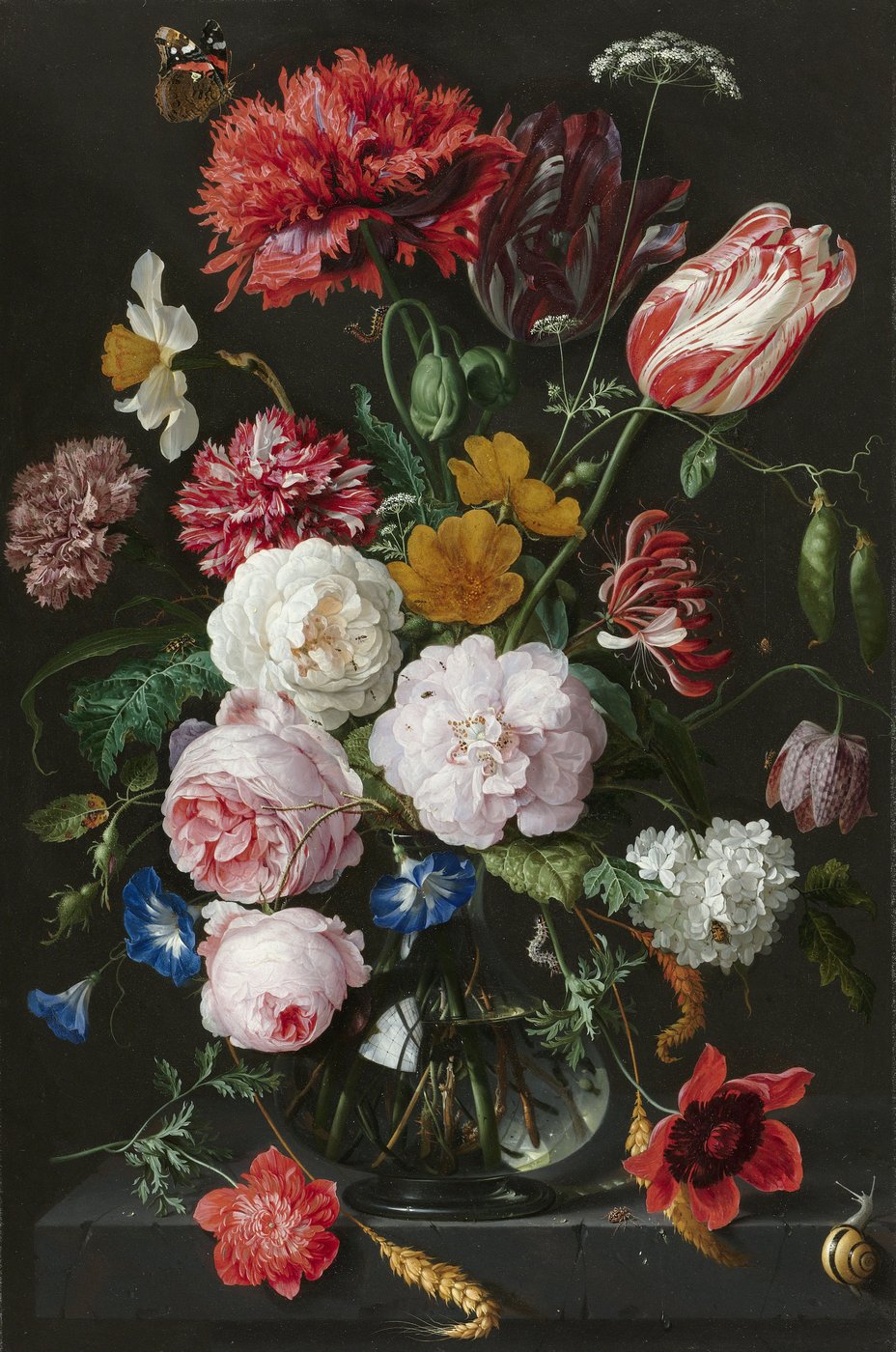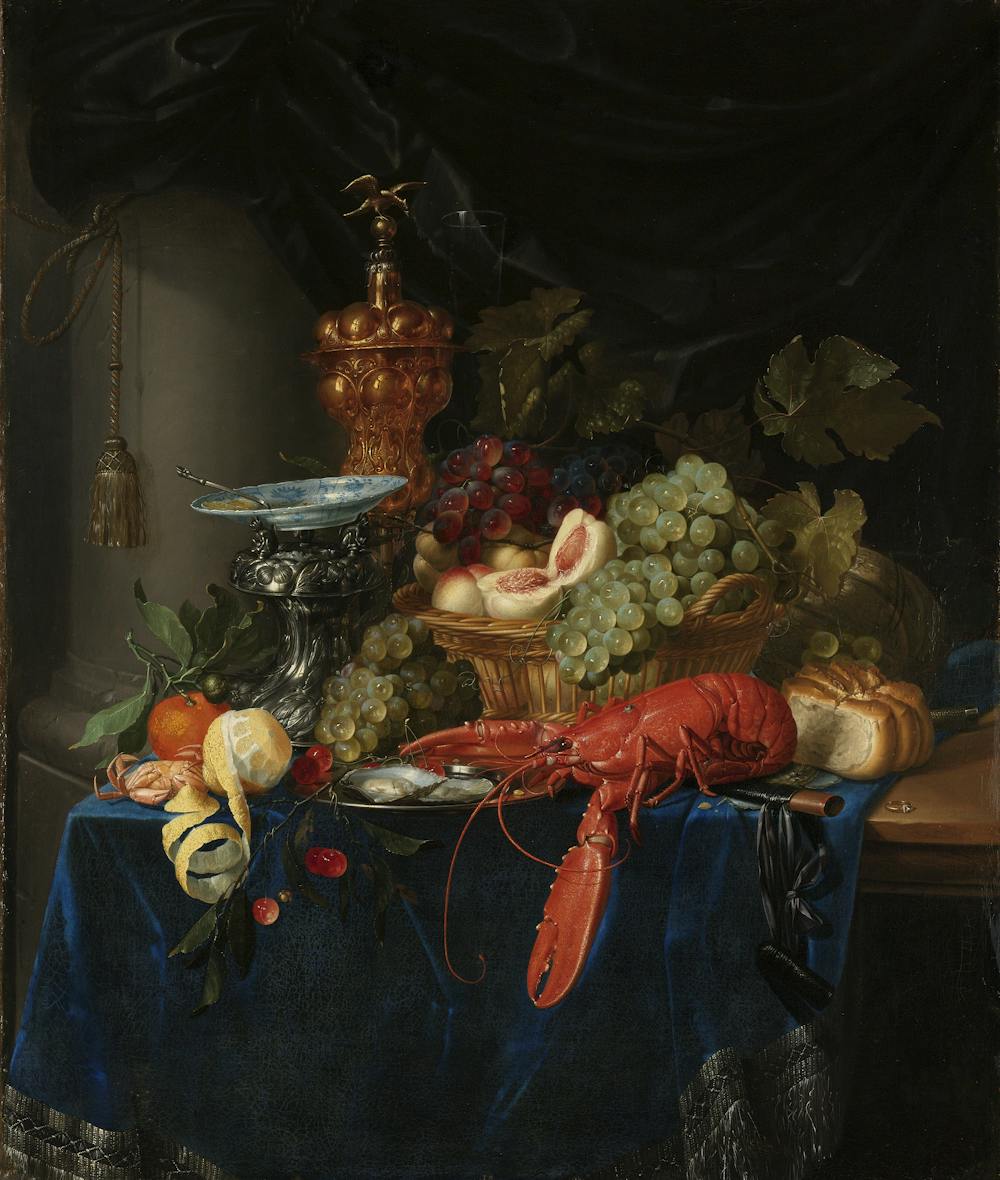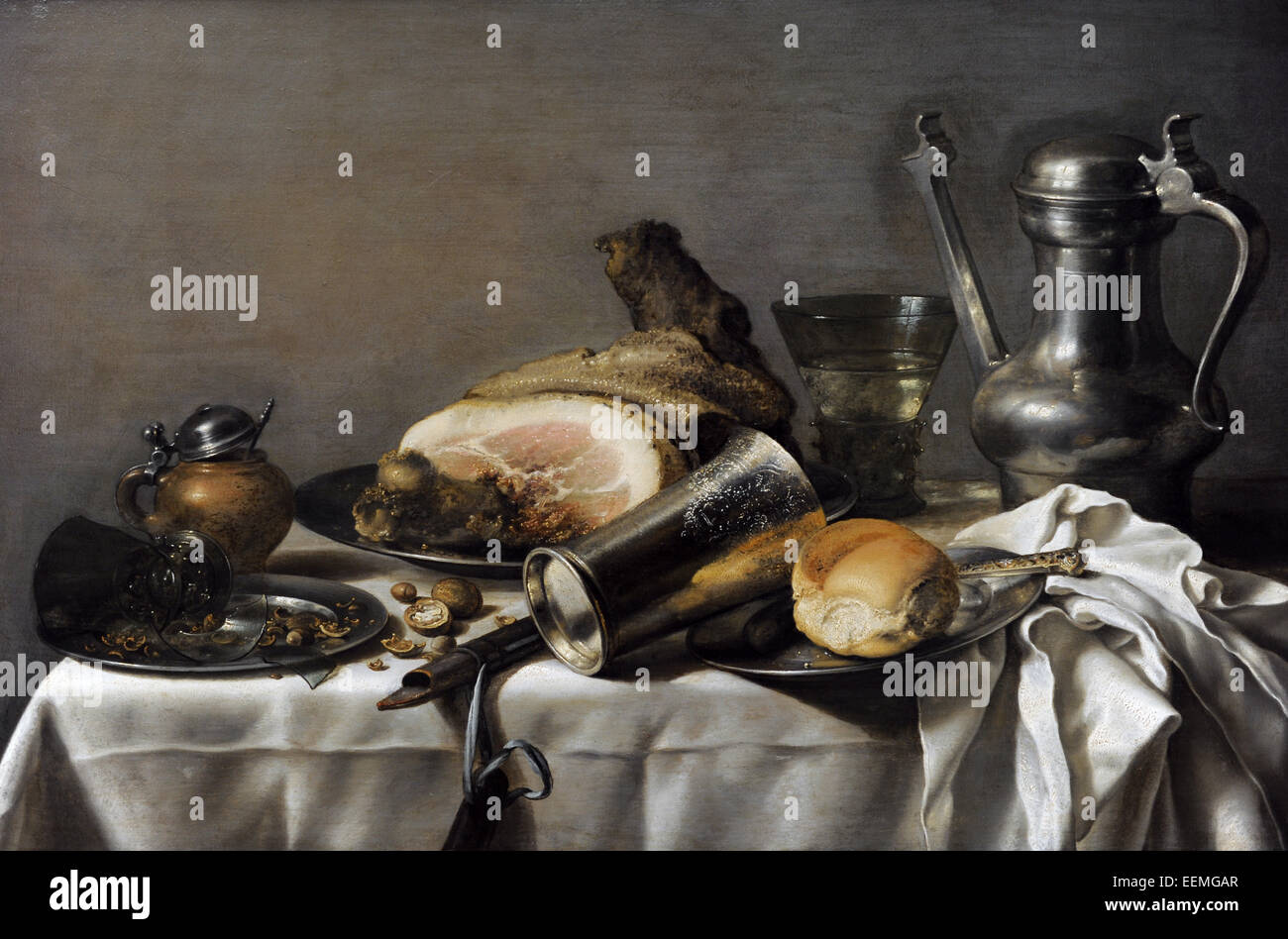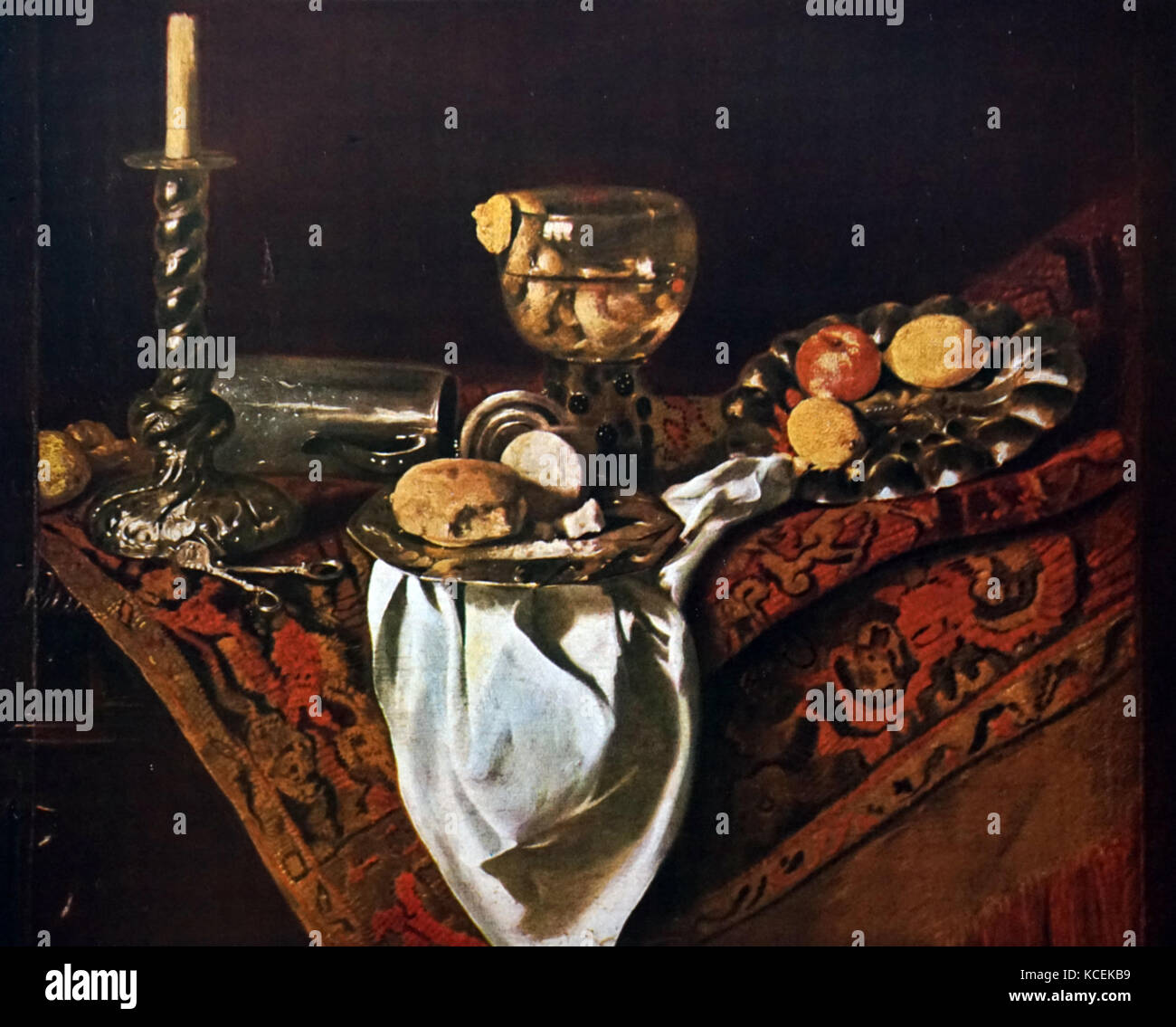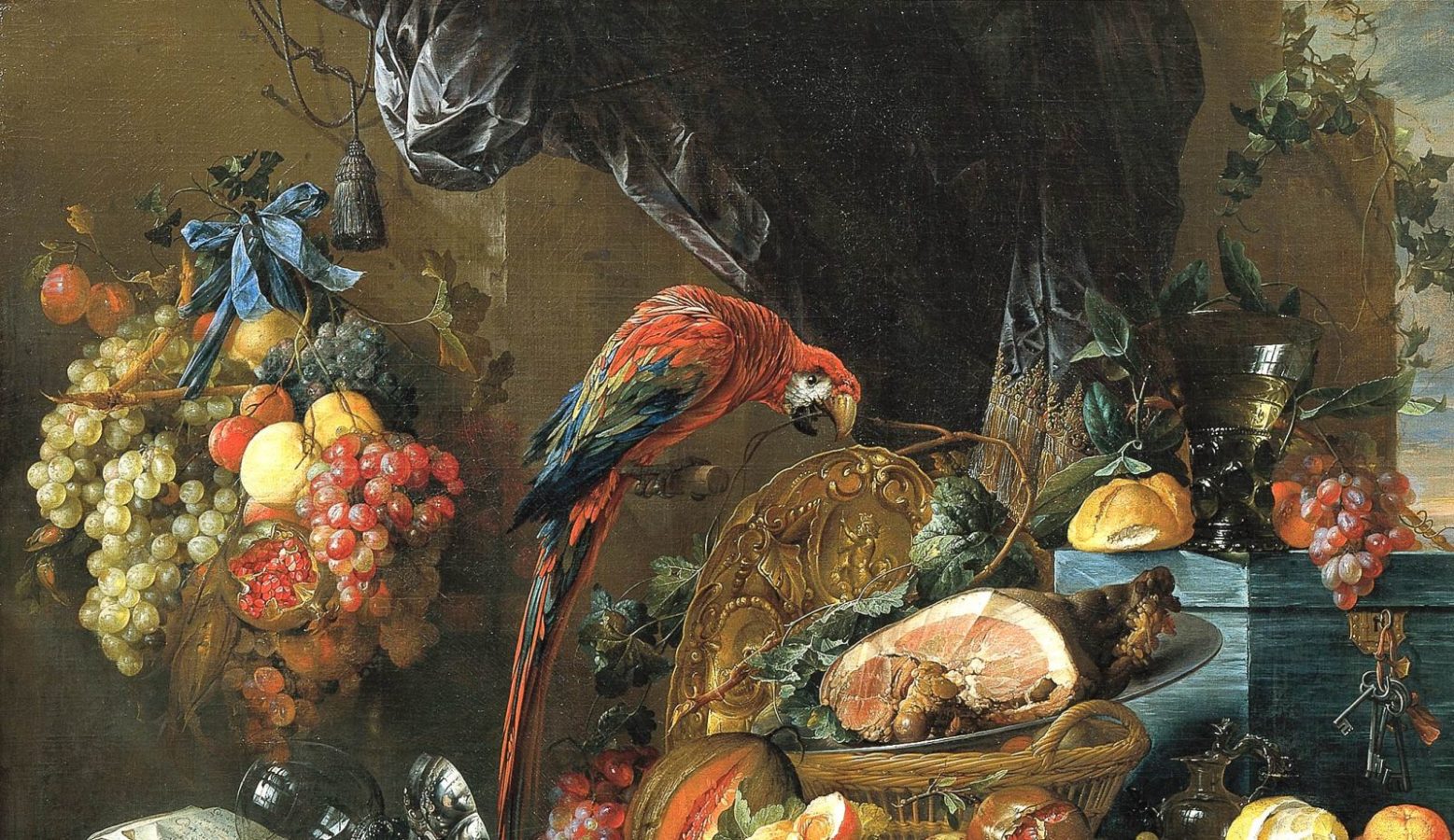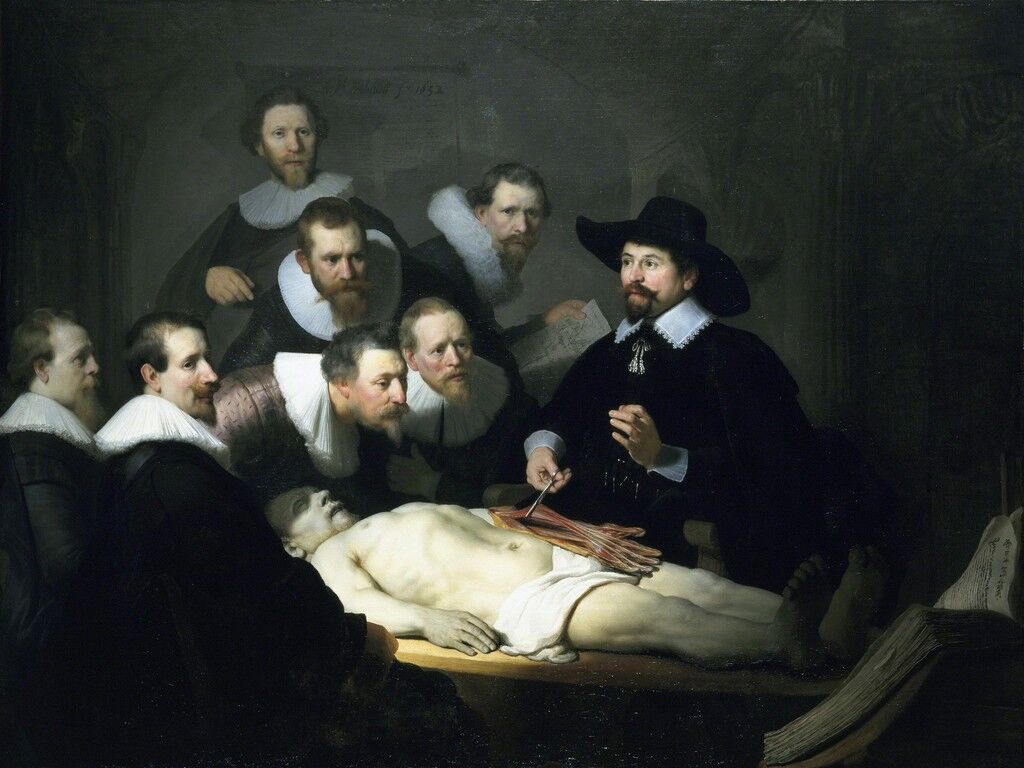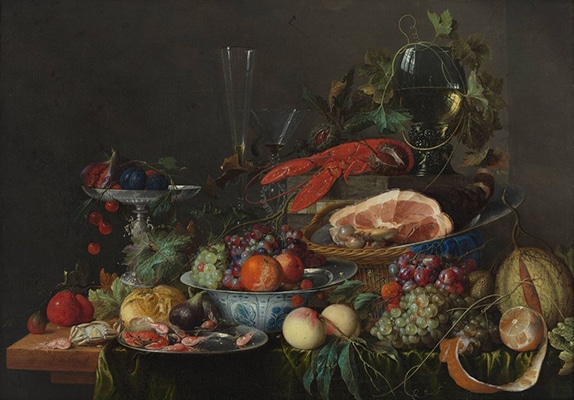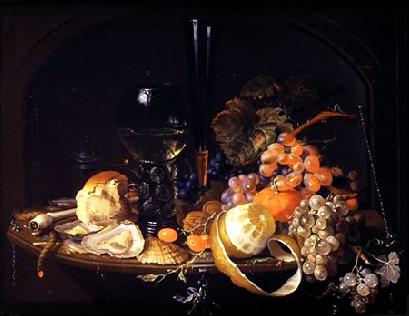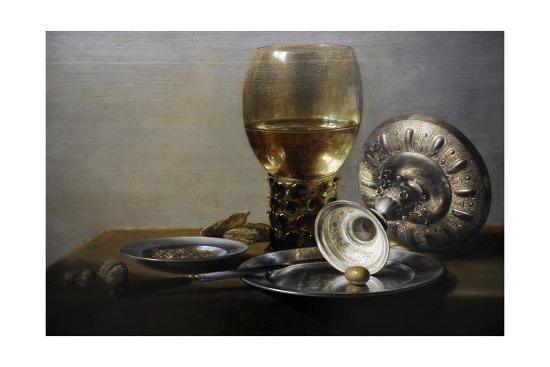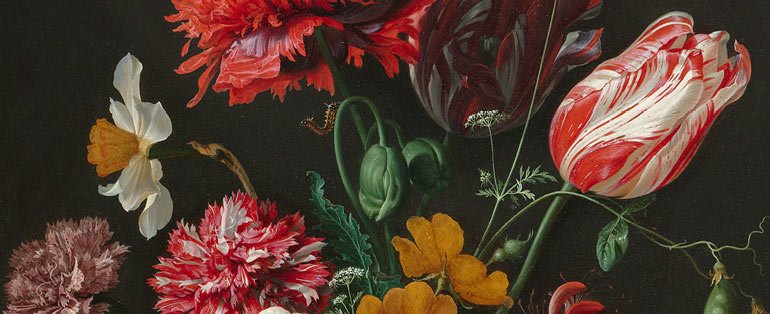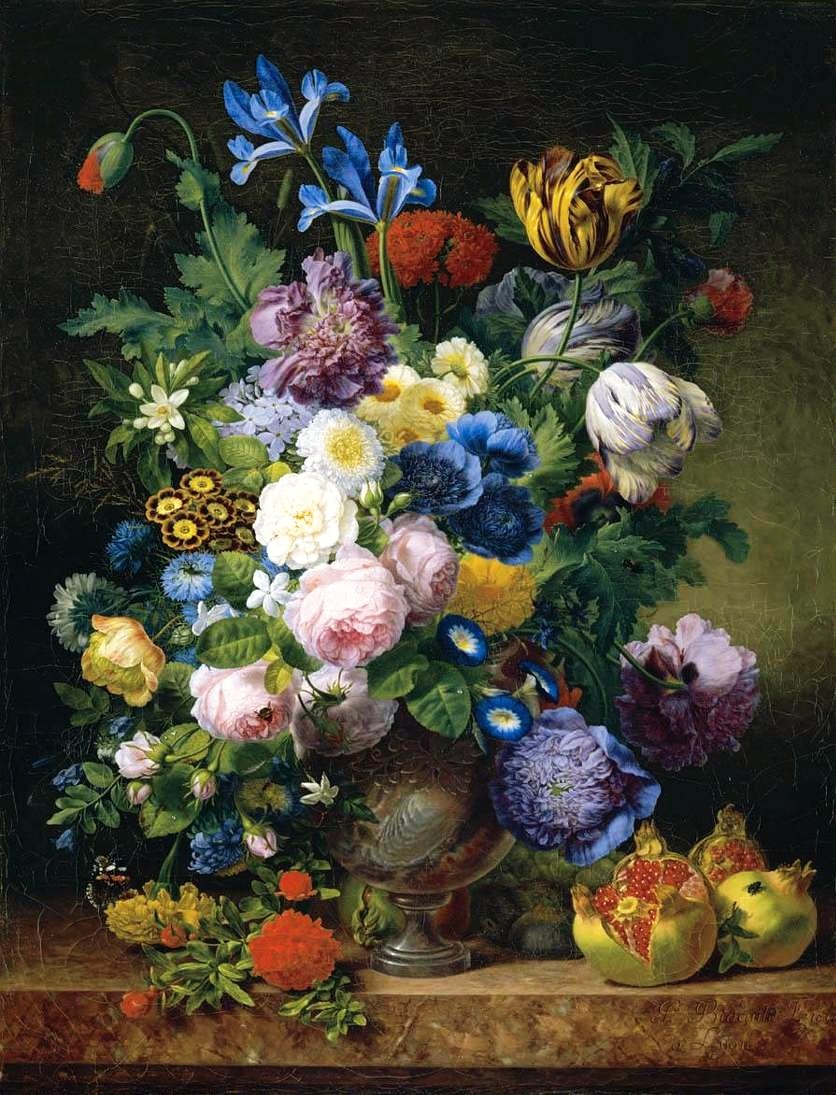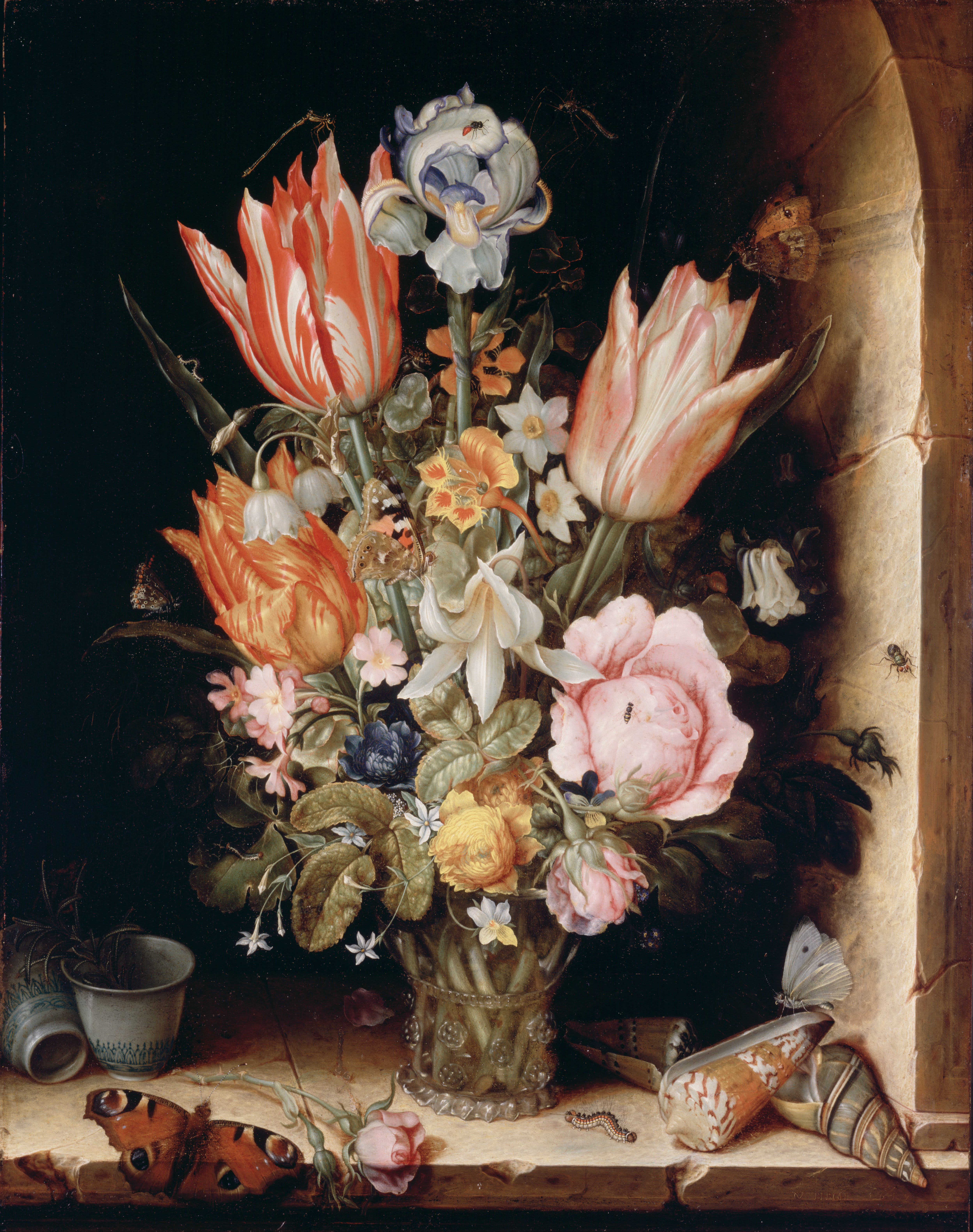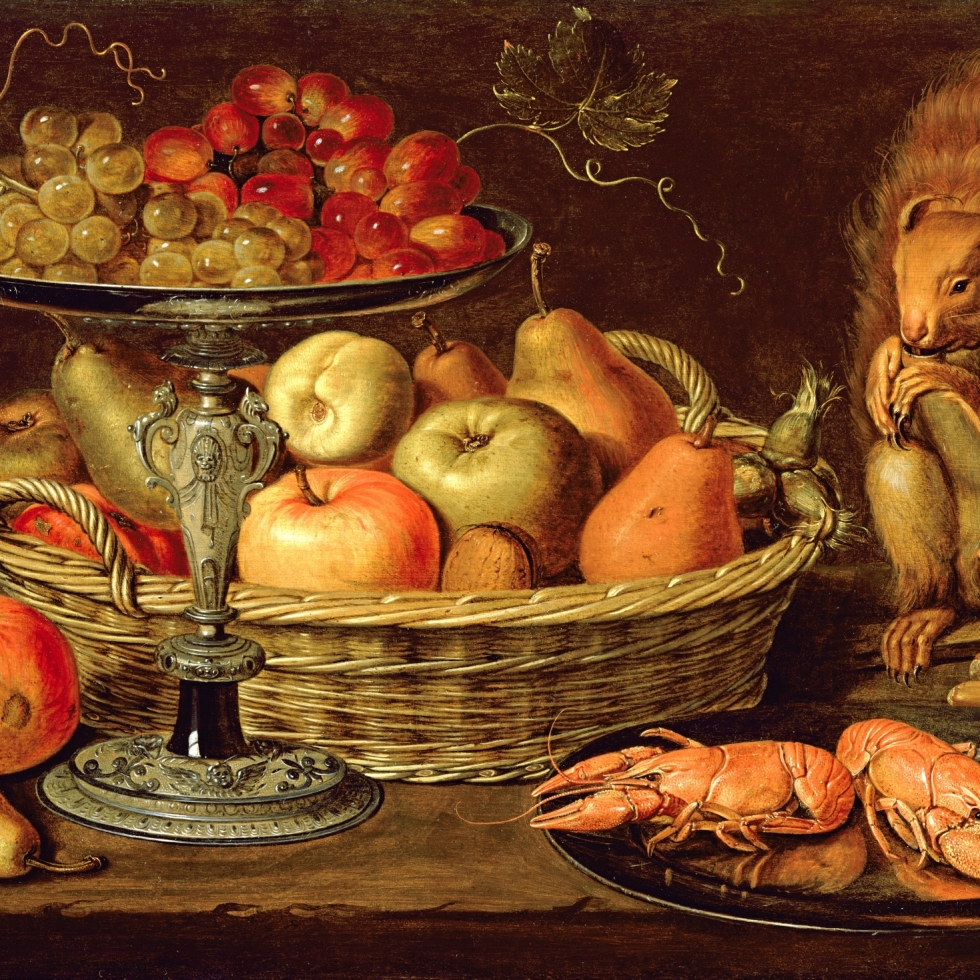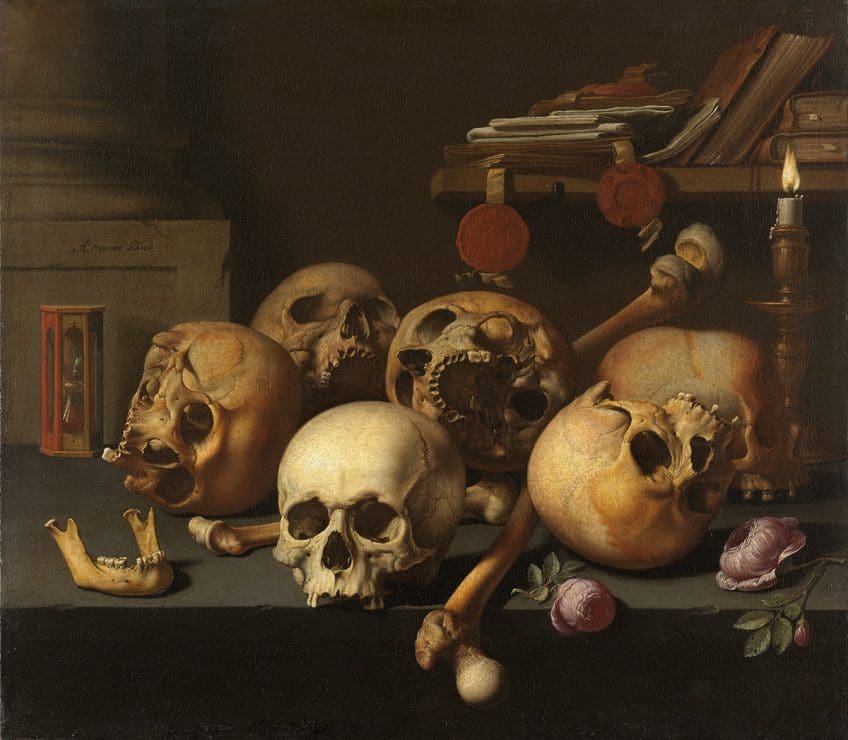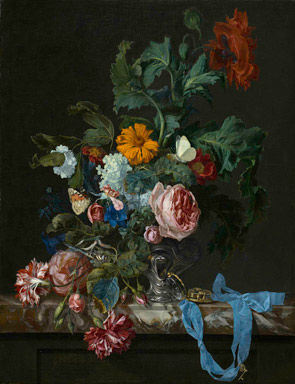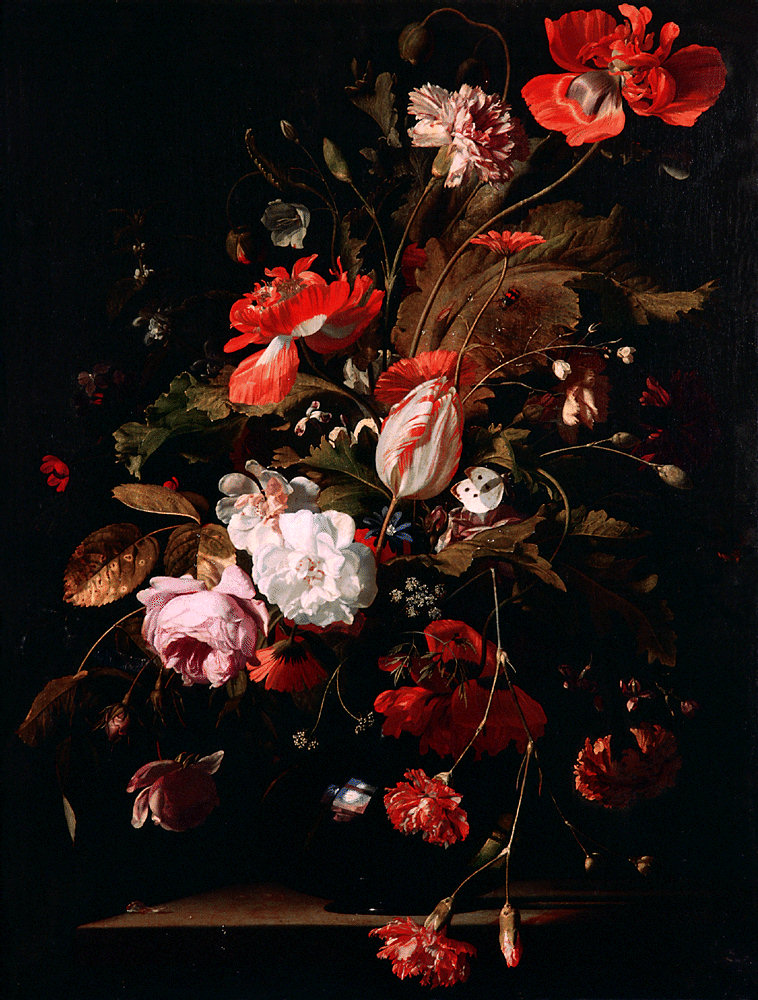Dutch Golden Age Still Life Paintings
This style of ornate still life painting was developed in the 1640s in antwerp by flemish artists such as frans snyders osias beert adriaen van utrecht and a whole generation of dutch golden age painters.
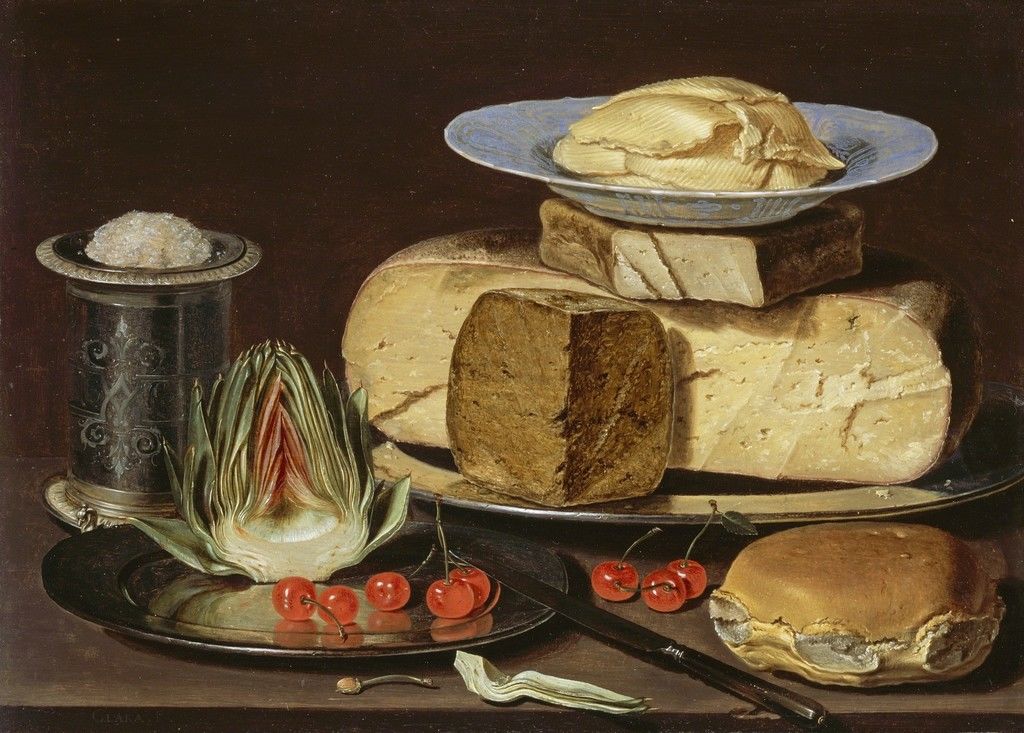
Dutch golden age still life paintings. What made dutch art from this era so special what made it a golden age. The art of the dutch golden age was very diverse and can be divided into six categories. The new dutch republic was the most prosperous nation in europe and led european trade science and art.
Dutch golden age painting is the painting of the dutch golden age a period in dutch history roughly spanning the 17th century during and after the later part of the eighty years war 15681648 for dutch independence. It differed from dutch still life which often contained rich banquets surrounded by ornate and luxurious items of fabric or glass. The dutch golden age led to a tremendous outpouring of still life paintings in the 17th century.
Obviously photographic still life falls outside the scope of this board. Every one has heard of rembrandt vermeer and bosch but there is so much more to dutch painting. The dutch golden age period was an extremely important awakening in the world of art so its not surprising that many historic still lifes were created during that time.
Explore the greatest artists with our guide to the 10 most important old masters in dutch painting. Explore the greatest artists with our guide to the 10 most important old masters in dutch painting. Still life painting in spain also called bodegones was austere.
Willem kalf 1619 31 july 1693 was a dutch golden age painter who specialized in still lifeslater in his life kalf became an art dealer and appraiser. List of the most popular still lifes from the dutch golden age movement listed alphabetically with pictures of the art when available. Historical painting landscapes and cityscapes genre painting portraiture maritime painting and still.
On one side the generally somber scenes are read symbolically through the lens of. A special genre of still life was the so called pronkstilleven dutch for ostentatious still life. The fruits and vegetables are uncooked.
The significance of the still life during. The game in spanish paintings is often plain dead animals still waiting to be skinned. The paintings on this board were produced in the northern european low countries between roughly 1600 and 1750.


